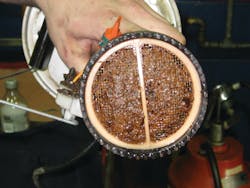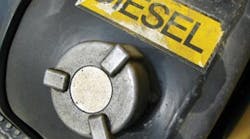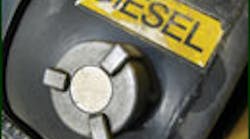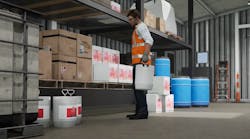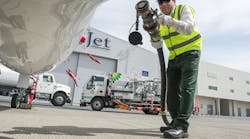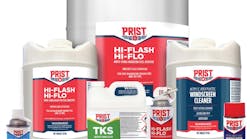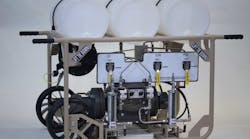Over the last few years, the formula of diesel has changed to reduce pollution. Once that occurred the number of issues with sludge and corrosion in tanks and engines has significantly increased. While not all are affected, the ones that do get the combination of “the bug” and a little water are experiencing real problems. Here are several myths to consider:
MYTH 1: Good Fuel Quality Will Prevent Problems
Any grade of diesel s almost always of excellent quality when it leaves the refinery. The problem is that contamination happens during storage and transport – and this contamination is the source of many of our fuel system problems. Water (condensation and leakage) combines with common bacteria (which come with the water) to make sludge and biofilms.
MYTH 2: Biocides Will Sterilize The Fuel And Prevent Problems
Bacteria that form sludge and corrosive deposits are difficult to control with biocides. Sometimes using a biocide triggers a reaction known as “mucoid stage” (i.e. “sludge formation on steroids”), and there even are cases where bacteria have been able to convert the biocide to a “food” that promotes growth.
MYTH 3: Unstable Fuel Is The Problem
Fuel stability was a legitimate issue in yesterday’s high-sulfur fuels. Today’s ultralow sulfur, however, is almost always rock-solid stable, and chemical stabilizers would be a waste of money. Most common additives that say they stabilize fuel do not work at all against this particular problem.
MYTH 4: Biodiesel Cleans Sludge Out Of Diesel Systems
Actually, sludge grows faster in biodiesel than in straight petro-diesel. If you have been using a sludge-control additive and it seems to have been working, you might have to use a higher dose rate with biodiesel to get similar results.
Myth 5: New Equipment Doesn’t Need Treatment
Fuel contamination is a random and unpredictable phenomenon. Some old systems are still clean and have no apparent sludge or fouling issues. When fuel is contaminated, however, problems can start with the first fill.
MYTH 6: Corrosion Is Not A Problem In Diesel Systems
In fact, corrosion associated with biofilms in ULSD systems has become such a big problem that the petroleum industry has asked the American Society for Testing and Materials to form a task force to study the causes and develop solutions.
MYTH 7: Kerosene Blending Is the Perfect Answer To Winter
By diluting the paraffin content of diesel fuel, kerosene blending will reduce the temperature at which waxing of filters and gelling of fuels occurs. However, kerosene also reduces the lubricity of ULSD, which is already a poor lubricating fuel – and the result can be accelerated wear of injector pumps and injectors.
Myth 8: Alcohols Should Be Used To Remove Water
How long have we been using “dry-gas” (isopropyl alcohol) in the winter because we were told that it would remove water? While it’s true that alcohols can increase the solubility of water in fuel under certain conditions, this is not a good way to deal with water in fuel. Use of alcohols in diesel fuels is a bad idea for several reasons:
- Alcohol does not remove significant quantities of free water from fuel tanks.
- Water is corrosive to steel (i.e., rust), but an alcohol/water mixture is even more corrosive to steel.
- Alcohols are often good “food” for bacteria and other troublesome microorganisms.
- Alcohols can cause swelling and breakdown of gasket and seal materials.
Our advice: Find a knowledgeable fuel additive person and let them advise you about your fuel issues.
Bob Tatnall is a nationally recognized expert in microbiologically influenced corrosion and diesel fuels. After 28 years at DuPont as a materials engineer focused on solving corrosion and sludge issues in industrial applications, Tatnall has spent 16 years solving sludge and corrosion issues in diesel fuel applications.
